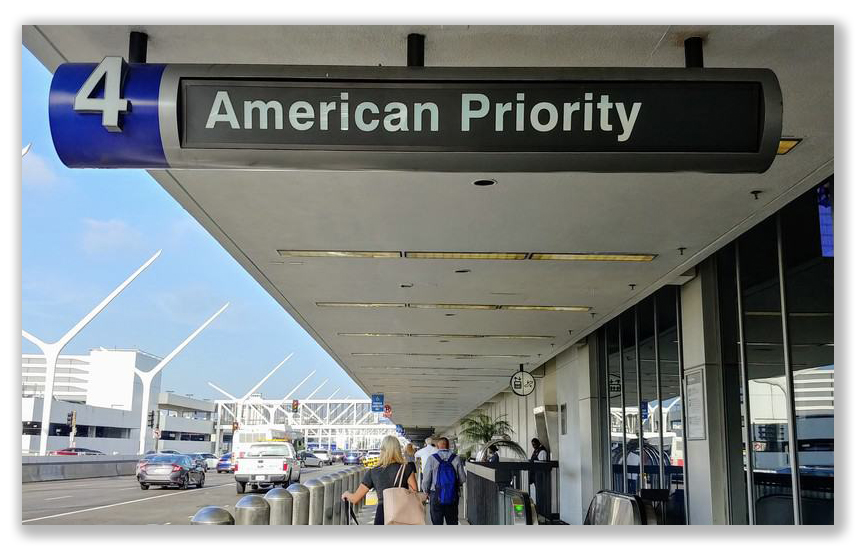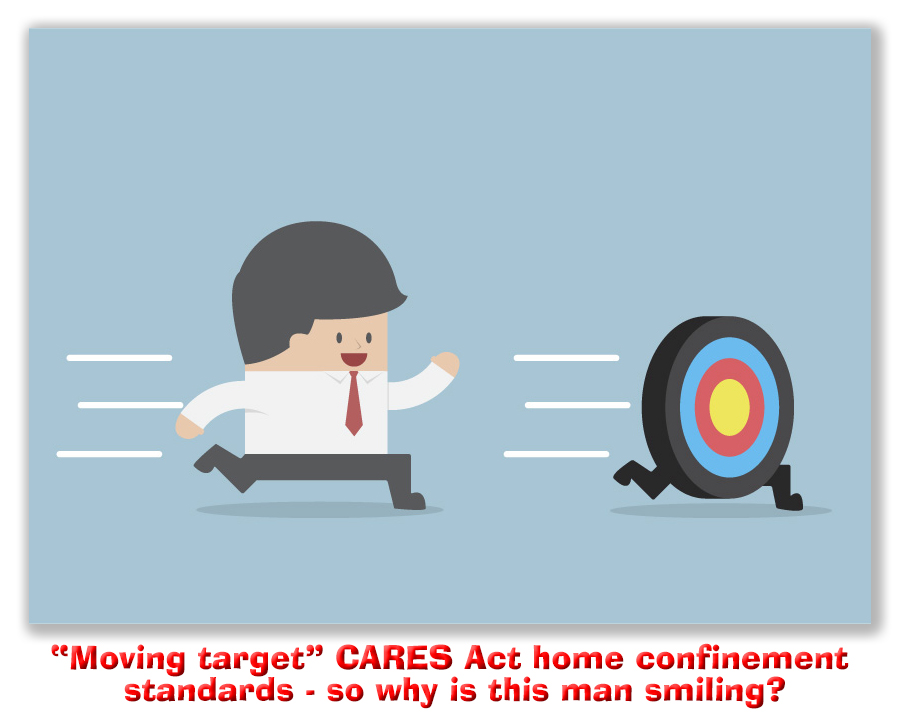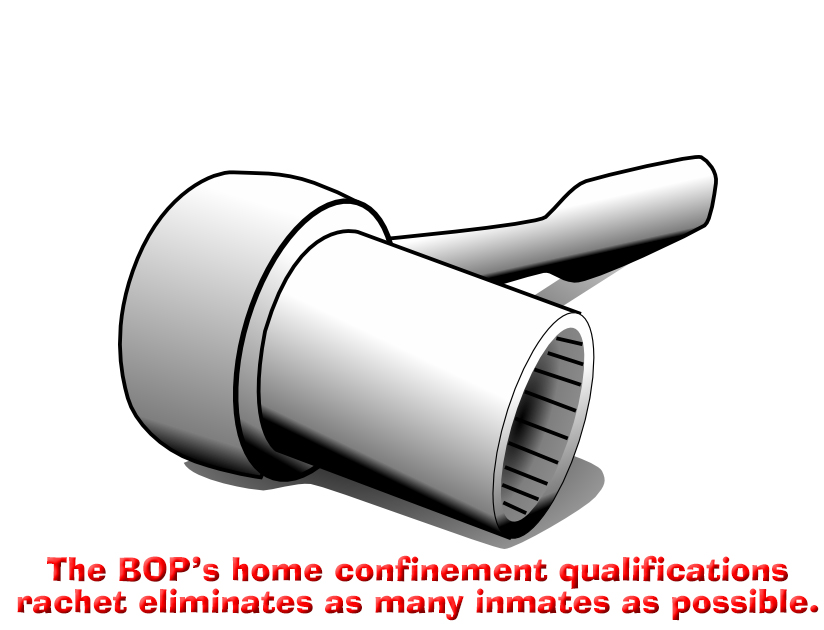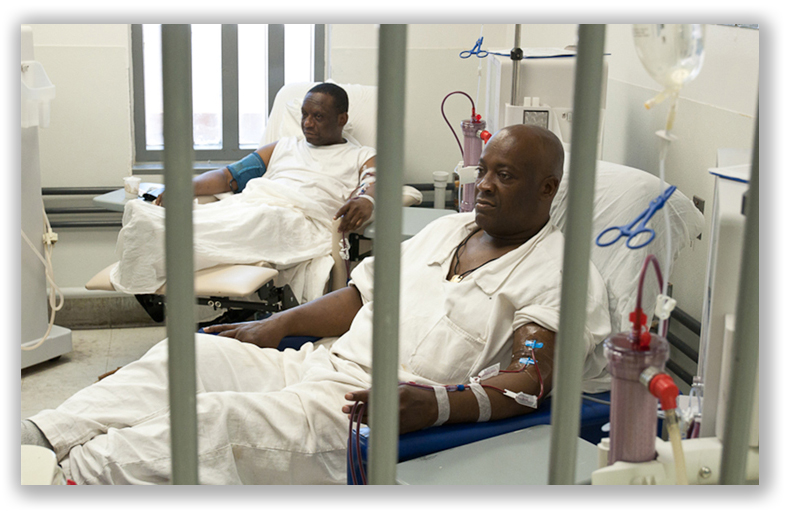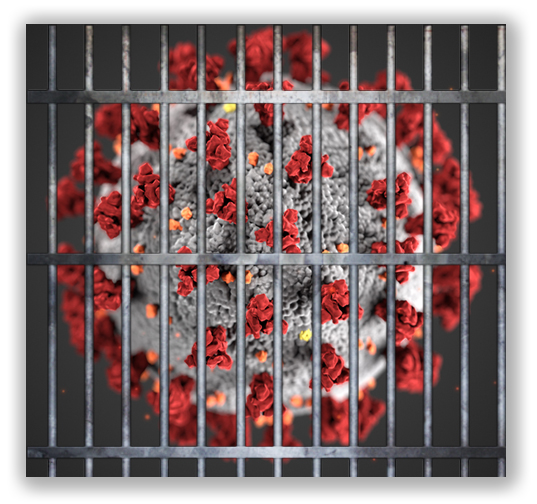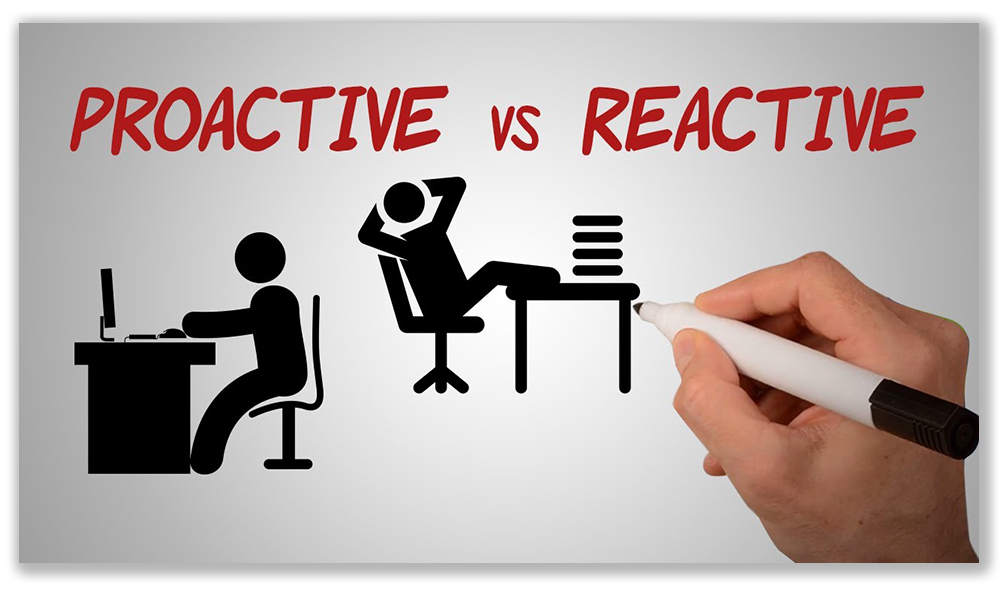We post news and comment on federal criminal justice issues, focused primarily on trial and post-conviction matters, legislative initiatives, and sentencing issues.

JUDGE DEPANTS BOP CARES ACT EFFORTS, WHILE TRUMP BUDDY JUMPS HOME CONFINEMENT LINE
Last week’s top three developments in the BOP’s response to the coronavirus pandemic were a federal court’s grant of a preliminary injunction against FCI Danbury, the CARES Act release to home confinement of President Donald Trump’s former campaign chairman Paul Manafort, and the BOP’s unusual COVID-19 inmate numbers.
 In Connecticut, a federal judge granted a preliminary injunction ordering the FCI Danbury warden to promptly identify inmates with COVID-19 risk conditions and to begin aggressively evaluating requests by prisoners for transfer to home confinement or compassionate release. The judge ruled that the FCI Danbury administration had failed to carry out Attorney General William Barr’s April 3 memo ordering the BOP to “maximize” emergency authority granted by the March 28 CARES Act to release inmates to home confinement.
In Connecticut, a federal judge granted a preliminary injunction ordering the FCI Danbury warden to promptly identify inmates with COVID-19 risk conditions and to begin aggressively evaluating requests by prisoners for transfer to home confinement or compassionate release. The judge ruled that the FCI Danbury administration had failed to carry out Attorney General William Barr’s April 3 memo ordering the BOP to “maximize” emergency authority granted by the March 28 CARES Act to release inmates to home confinement.
The Danbury inmates — men and woman confined at three facilities within the complex — complained in the lawsuit that the institution was intentionally dragging its feet on compliance with Barr’s memo. The inmates argued — and the court agreed — that prisoner releases or transfers are necessary to decrease congestion and permit adequate social distancing within the institution.
The order gives the Danbury warden less than two weeks to provide him with a list of inmates eligible for transfer to home confinement. In the case of the ineligible inmates, the judge ordered the prison to provide explanations. While the judge did not grant a preliminary injunction on inmate requests for mass transfer of inmates to other institutions or home confinement, and for appointment of a special master to enforce virus mitigation measures in the prison, but he ordered an expedited hearing schedule to take up the questions.
The 74-page order blasts Danbury’s chary use of CARES Act authority and compassionate release. In the suit, the BOP admitted that since March 19, FCI Danbury staff received 241 requests for compassionate release. Of these, 136 had been denied, 18 were returned to the inmate for further information, and 87 were still awaiting review. The court observed that
the figures make clear that the FCI Danbury staff has, to date, not granted a single request for compassionate release—a batting average that is dramatically less favorable to inmates than the frequency with which courts in this District are granting Section 3582 motions… This suggests that the Warden is setting an impossible high bar for these requests. Alternatively, it suggest that the Warden has not set a new standard for compassionate release in light of the pandemic, but is applying an obsolete one that takes no account of the risk of illness or death to medically vulnerable inmates from COVID-19.
Danbury’s use of CARES Act authority fared no better. “In spite of the explicit statutory authorization in the CARES Act to make widespread use of home confinement in response to the threat posed by COVID-19, and the exhortations of the head of the government department in which the Bureau of Prison sits,” the Court wrote, “the implementation of this directive at FCI Danbury has been slow and inflexible.” Noting the Warden’s admission that only 159 inmates have been reviewed and a mere 21 inmates actually been placed on CARES Act home confinement, the Court said, “the criteria apparently being used by the Respondents to evaluate inmates for home confinement evidence a disregard for the seriousness of the health risk faced by vulnerable inmates…. In fact, the inmate bulletins make clear that those who have not served a specified percentage of their sentences are categorically disqualified: any inmate who has not served at least 50% of his or her sentence is deemed ineligible for home confinement, irrespective of vulnerability to COVID-19.”
Someone in the BOP must have read the Danbury order, because the very next morning, an inmate was sent to CARES Act home confinement who had only completed 25% of his sentence, and was not housed in a prison that had any COVID-19. Unfortunately for the BOP, the prisoner was named Paul Manafort.
Manafort, Trump’s former campaign chairman, pled guilty in one federal case and was convicted after a trial in a second, and is about as high-profile as a federal prisoner can be. His release to home confinement in the predawn hours of last Wednesday spurred immediate denunciations of the unequal treatment of prisoners in a criminal justice system in which the wealthy and well-connected jump the line while millions of others are forced to face the spreading coronavirus pandemic with little or no hope of release.
The BOP explained that the agency “ha[s] wide discretion over who is granted home confinement,” the Des Moines Register reported. While there have been no reported cases of coronavirus at FCI Loretto, Manafort’s lawyers had previously argued that the “growing number of cases in Pennsylvania” meant it was “only a matter of time before the infection spreads to staff and inmates.” The attorneys said last month that high-risk inmates, such as their client, had to be removed from the prison before the virus arrived.
The Manafort home confinement is already being thrown in the face of U.S. Attorneys arguing against compassionate release on the grounds that the defendant has not served enough time, or that there is no coronavirus at the facility.
The BOP’s COVID-19 numbers took a puzzling dip last week. Following a tour of FCI Terminal Island Tuesday, Congresswoman Nanette Barragán, D-California, said the conditions inside the prison fall short of the federal government’s responsibility to protect inmates during the COVID-19 pandemic.
Apparently Barragán’s complaints did not fall upon deaf ears. As of Monday night, FCI Terminal Island was reporting 693 inmates sick with coronavirus. As soon as Barragán completed her visit, Terminal Island’s sick inmate count fell to 150 inmates, a 79% decrease.
Huffpost reported that “a proactive testing and segregation strategy that Bureau of Prisons officials and the Los Angeles Department of Public Health implemented late last month has seemingly produced a rapid reduction in the cases. Faced with the health crisis, officials took dramatic steps ― a lockdown of the facility, mandated testing of all prisoners, and separating inmates by their COVID-19 status.”
The BOP told Huffpost that an “aggressive testing and quarantine mitigation strategy” has led to the recovery of more than 567 inmates have recovered, while 130 remain infected. Eight Terminal Island inmates died in the pandemic.
 A week ago, the BOP reported 3,385 inmate COVID-19 cases, with 48 dead. As of last night, there are 2,402 inmate cases. Eight more federal inmates died in the last week, bringing the death toll to 57. More ominously, the number of institutions with reported COVID-19 has climbed from 51 to 54 as of Sunday (but fell to 49 last night), and staff coronavirus cases climbed from 250 a week ago to 284 as of Sunday, before taking a dive to 196 last night.
A week ago, the BOP reported 3,385 inmate COVID-19 cases, with 48 dead. As of last night, there are 2,402 inmate cases. Eight more federal inmates died in the last week, bringing the death toll to 57. More ominously, the number of institutions with reported COVID-19 has climbed from 51 to 54 as of Sunday (but fell to 49 last night), and staff coronavirus cases climbed from 250 a week ago to 284 as of Sunday, before taking a dive to 196 last night.
The numbers seem to move of their own volition. As Reuters pointed out yesterday, “federal prisons, which typically limit testing to inmates with obvious symptoms, reported confirmed infections in fewer than 4,200 of their total inmate population of about 150,000, with 52 deaths.” As this blog has noted before, if you don’t test, you can’t count.
Rather crazy, but hardly reliable.
Long Beach, California, Post, Terminal Island is failing to protect inmates from COVID-19, congresswoman says after tour (May 13)
Hartford Courant, U.S. Judge backs prison inmates in Danbury on COVID-19 suit, orders warden to move fast on requests for release (May 12)
Martinez-Brooks v. Easter, 2020 U.S. Dist. LEXIS 83300 (D.Conn. May 12, 2020)
Common Dreams, ‘Manafort Released. But [Insert Name] Still Locked Up’: Special Treatment for Trump Crony Denounced (May 13)
Des Moines Register, Ex-Trump campaign chairman Paul Manafort released from prison amid coronavirus pandemic (May 13)
Daily Beast, Paul Manafort’s Prison Had No Coronavirus Cases. He Was Released Anyway. (May 13)
Huffpost, Lockdown At Terminal Island Federal Prison Curbs Deadly Coronavirus Outbreak (May 15)
– Thomas L. Root











